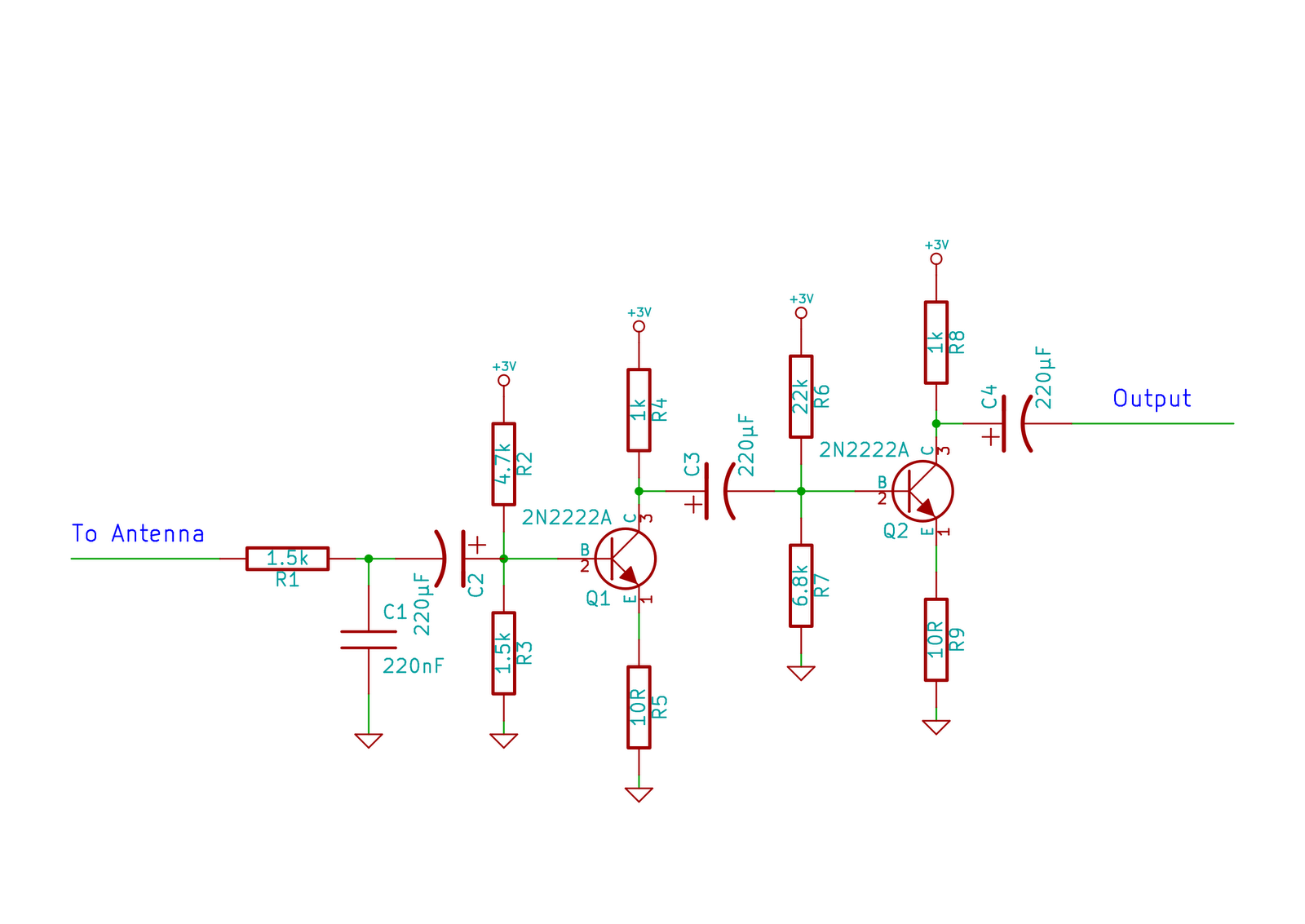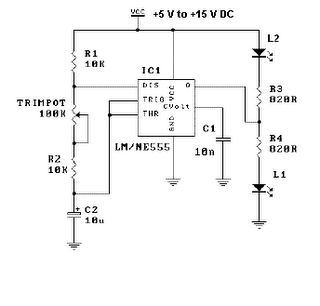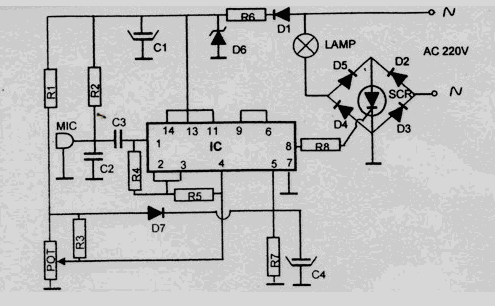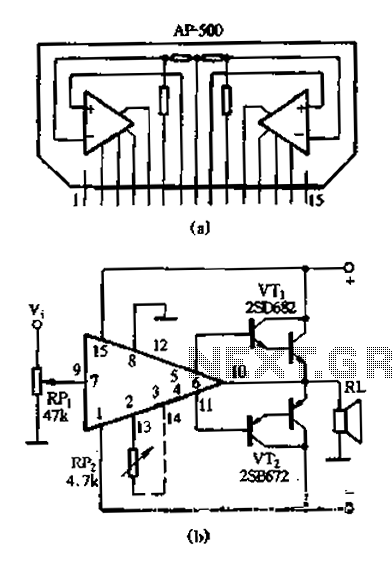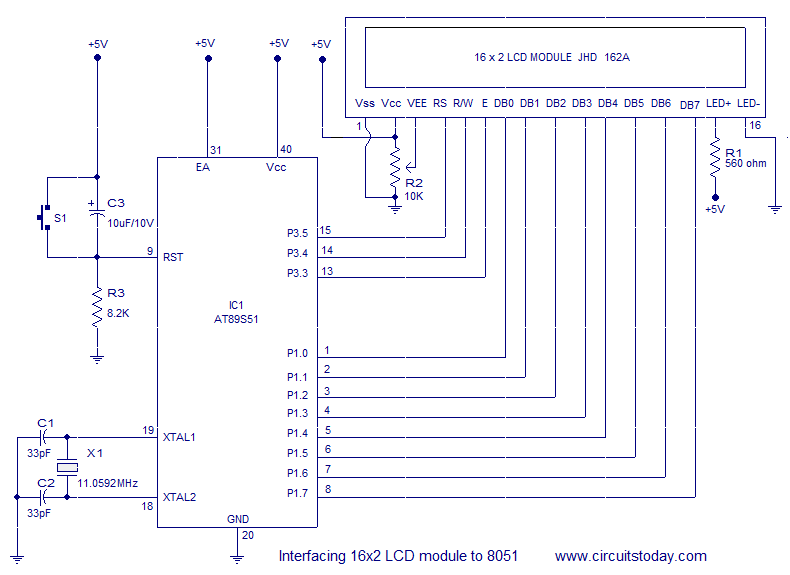
AC Powered-LED Circuit
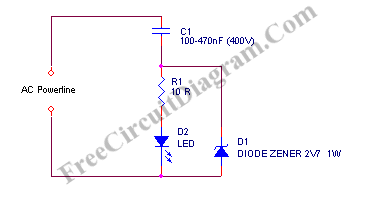
The high durability of a light-emitting diode (LED) makes it suitable for ON/OFF indicator applications. However, there are limitations regarding low operating voltage.
Light-emitting diodes (LEDs) are semiconductor devices that emit light when an electric current passes through them. Their robust nature and long lifespan make them ideal for use in various applications, including ON/OFF indicators in electronic devices. The operational principle of an LED involves the recombination of electrons and holes within the semiconductor material, resulting in the emission of photons, which produce visible light.
When designing an LED indicator circuit, it is essential to consider the forward voltage and current specifications of the LED to ensure proper operation. Typically, standard LEDs operate at a forward voltage of approximately 2 to 3.5 volts, depending on the color of the LED. The forward current usually ranges from 10 to 20 mA, which must be maintained to prevent damage to the LED.
To incorporate an LED as an ON/OFF indicator, a simple circuit can be constructed using a power source, a current-limiting resistor, and the LED itself. The power source can be a battery or a DC power supply, while the current-limiting resistor is calculated using Ohm's Law to prevent excess current from flowing through the LED. The resistor value can be determined using the formula:
R = (V_source - V_LED) / I_LED
Where:
- R is the resistance in ohms (Ω),
- V_source is the supply voltage,
- V_LED is the forward voltage drop of the LED,
- I_LED is the desired forward current in amperes (A).
In an ON/OFF indicator application, the LED can be connected in series with a switch. When the switch is closed, current flows through the LED, causing it to illuminate, indicating the ON state. Conversely, opening the switch interrupts the current flow, turning off the LED and indicating the OFF state.
It is also important to consider the thermal management of the LED, as excessive heat can lead to reduced efficiency and lifespan. Proper heat dissipation techniques, such as using heat sinks or ensuring adequate airflow, can enhance the reliability of the LED in indicator applications.
In summary, the use of LEDs in ON/OFF indicator applications leverages their durability and efficiency while requiring careful consideration of voltage, current, and thermal management to ensure optimal performance and longevity.The high durability nature of a light emitting diode (LED) make it suitable for ON/OFF indicator application. Because the limitation on low operating voltage,. 🔗 External reference
Light-emitting diodes (LEDs) are semiconductor devices that emit light when an electric current passes through them. Their robust nature and long lifespan make them ideal for use in various applications, including ON/OFF indicators in electronic devices. The operational principle of an LED involves the recombination of electrons and holes within the semiconductor material, resulting in the emission of photons, which produce visible light.
When designing an LED indicator circuit, it is essential to consider the forward voltage and current specifications of the LED to ensure proper operation. Typically, standard LEDs operate at a forward voltage of approximately 2 to 3.5 volts, depending on the color of the LED. The forward current usually ranges from 10 to 20 mA, which must be maintained to prevent damage to the LED.
To incorporate an LED as an ON/OFF indicator, a simple circuit can be constructed using a power source, a current-limiting resistor, and the LED itself. The power source can be a battery or a DC power supply, while the current-limiting resistor is calculated using Ohm's Law to prevent excess current from flowing through the LED. The resistor value can be determined using the formula:
R = (V_source - V_LED) / I_LED
Where:
- R is the resistance in ohms (Ω),
- V_source is the supply voltage,
- V_LED is the forward voltage drop of the LED,
- I_LED is the desired forward current in amperes (A).
In an ON/OFF indicator application, the LED can be connected in series with a switch. When the switch is closed, current flows through the LED, causing it to illuminate, indicating the ON state. Conversely, opening the switch interrupts the current flow, turning off the LED and indicating the OFF state.
It is also important to consider the thermal management of the LED, as excessive heat can lead to reduced efficiency and lifespan. Proper heat dissipation techniques, such as using heat sinks or ensuring adequate airflow, can enhance the reliability of the LED in indicator applications.
In summary, the use of LEDs in ON/OFF indicator applications leverages their durability and efficiency while requiring careful consideration of voltage, current, and thermal management to ensure optimal performance and longevity.The high durability nature of a light emitting diode (LED) make it suitable for ON/OFF indicator application. Because the limitation on low operating voltage,. 🔗 External reference
